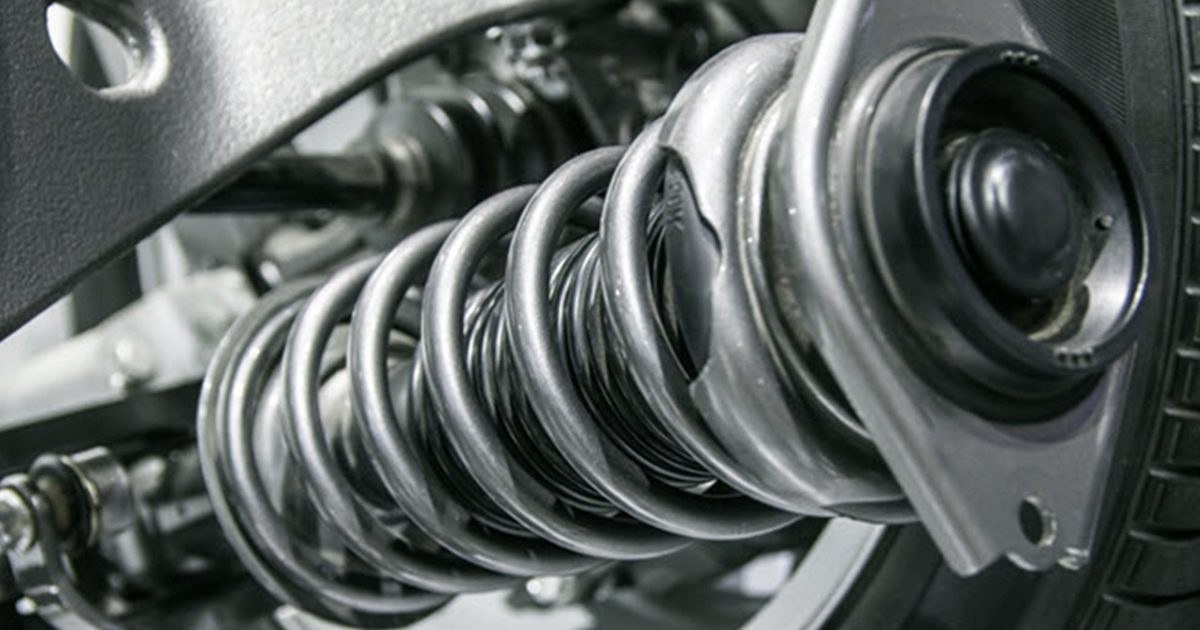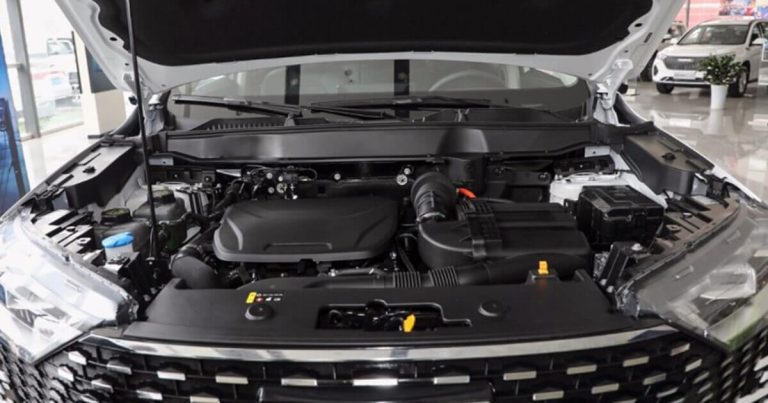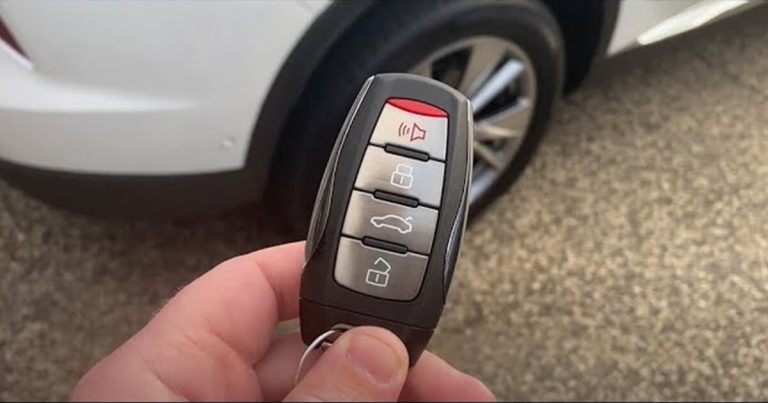Your car’s suspension system is designed to deliver a smooth, stable ride—even over rough or uneven roads. At the heart of this system is the coil spring, quietly absorbing impact and supporting the weight of your vehicle. But when that spring fails, comfort isn’t the only thing at risk.
You might first notice a sudden clunk when going over a bump, or realize the car no longer feels balanced. The steering becomes unpredictable, and one side of the vehicle may appear lower. These subtle shifts can easily be missed until they compromise control.
A broken coil spring doesn’t come with warning lights on your dashboard, but it poses real safety risks. From uneven tyre wear to reduced braking efficiency, the effects can escalate quickly. Whether you’re tackling Karachi’s daily traffic or heading out with your family on a long drive, acknowledging the early signs can help you avoid bigger, more dangerous problems down the road.
What Is a Coil Spring and Why Is It Critical to Your Vehicle?
Coil springs are essential part of the suspension system. Each bears the vehicle’s weight, absorbs road impact, and helps maintain optimal ride height and handling.
There are two primary types used in modern vehicles:
- Linear coil springs, which compress consistently across their range of motion.
- Progressive (or regressive) coil springs, which offer a softer initial response but become firmer under heavier loads common in sportier or luxury vehicles.
Working in tandem with shock absorbers or struts, coil springs ensure your tyres stay in contact with the road, enhancing traction, comfort, and vehicle control. When one fails, the entire suspension geometry becomes compromised.
Symptoms of a Broken Coil Spring
A broken spring on your car can manifest in several ways, and the symptoms aren’t always dramatic at first. However, they typically progress quickly. Key warning signs include:
- Noticeable drop in ride height on one side of the vehicle.
- Clunking or metallic noises when driving over uneven surfaces.
- Reduced stability or body roll during turns.
- Uneven or rapid tyre wear, often due to misaligned suspension geometry.
- Longer braking distances caused by inconsistent road contact.
If any of these issues appear, the vehicle should be inspected promptly by a qualified technician.
What Causes Coil Springs to Break?
A broken coil spring may seem sudden, but the damage is often the result of gradual wear or environmental stress. Common causes include:
- Corrosion: In humid or coastal environments like Karachi, exposure to moisture and salt can degrade the protective coating on the spring, eventually weakening the metal underneath.
- Impact damage: Poor road surfaces, potholes, and speed bumps can deliver enough force to fracture an already compromised spring.
- Tyre blowouts or unbalanced wheels: These create uneven weight distribution, stressing one side of the suspension more than the other.
- Worn shock absorbers: If shocks fail to dampen road impact effectively, the coil spring absorbs more of the stress, accelerating fatigue.
- Age and fatigue: Coil springs typically last 80,000 to 150,000 km, but frequent heavy loads and rough driving conditions shorten their lifespan.
Can You Drive with a Broken Coil Spring?
This question arises often: Is it safe to continue driving with a broken coil spring? Technically, the vehicle may still be operable, but it’s absolutely unsafe.
A broken spring can dislodge from its seat and come into contact with the tyre. In severe cases, it can puncture the sidewall, causing a sudden blowout. Even if the spring remains in place, the compromised suspension will affect steering accuracy, cornering control, and emergency braking.
Moreover, continued driving with a damaged spring puts strain on other suspension components, increasing repair costs over time. The safest course of action is to stop driving and seek professional assistance immediately.
Do Car Coil Springs Wear Out Naturally?
Yes, coil springs do wear out over time. Their longevity depends on various factors including:
- Driving environment: Frequent city driving, rough roads, and potholes increase wear.
- Load patterns: Regularly carrying heavy cargo accelerates fatigue.
- Climate: Moisture, humidity, and salty air contribute to corrosion.
Even if they don’t fracture, older springs can lose their tension or “sag,” leading to handling issues and uneven vehicle stance. During routine maintenance, especially after the 80,000 km mark, technicians should check spring integrity.
Should You Replace Both Coil Springs at Once?
Yes, when one spring breaks, the other is likely close to failure. Replacing them as a pair (on the same axle) ensures:
- Balanced suspension
- Proper ride height
- Even handling and braking
It also saves on labor costs and avoids future workshop visits.
How Soon Should You Replace a Broken Coil Spring?
Immediately. Delaying repairs improves the risk of further damage and jeopardizes road safety. If you suspect or confirm a broken coil spring, avoid driving the vehicle and have it transported to a qualified service center.
For Haval owners in Karachi, Automotive Technologies Pvt Ltd, backed by Yazdani Motors’ 25+ years of expertise, provides certified diagnostics and repairs with genuine parts and trained technicians
Final Thoughts
A broken coil spring might not stop your car immediately, but it compromises everything that keeps you safe on the road. If you spot the signs, act fast. The repair is manageable,ignoring it isn’t.




